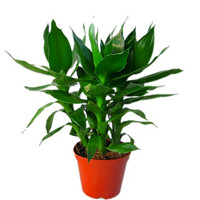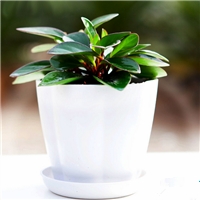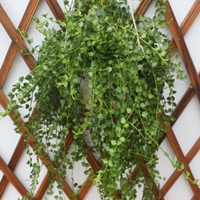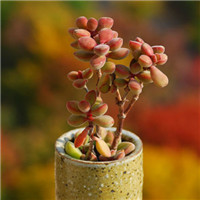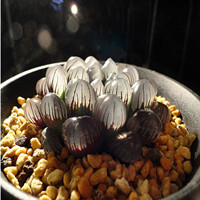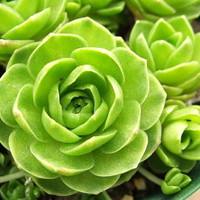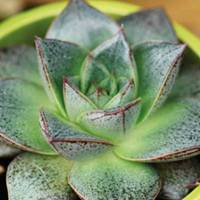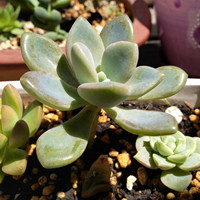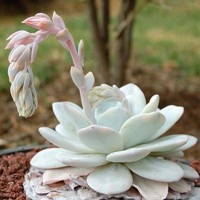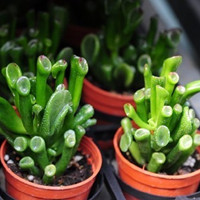How Do You Revive a Dying Tomato Plant?
Tomato plants can be quite finicky and if you're not careful, their health can deteriorate rapidly. If you notice that your tomato plant is looking a little lackluster, don't worry. In this article, we'll walk you through how to revive a dying tomato plant and get it back on track.
1. Identify the Problem
The first step to saving your tomato plant is to figure out what's wrong with it. Here are some potential issues to look out for:
Overwatering or Underwatering – Tomatoes need consistent but not excessive watering. Too much or too little water can cause the plants to wilt.
Nutrient Deficiency – A lack of nutrients, especially nitrogen, can cause yellowing leaves and stunted growth.
Disease or Pest Infestation – Look for signs of disease such as spots or wilting, or evidence of pests such as holes in the leaves.
Once you've identified the issue, you can begin taking steps to revive your plant.
2. Adjust Your Watering Schedule
Tomatoes need consistent watering to keep them healthy. If you notice your plant is wilted, it may be a sign of overwatering or underwatering. To fix this, adjust your watering schedule.
If you're overwatering, cut back on the frequency and amount of water you give your plant. Make sure the soil has time to dry out between watering. If you're underwatering, increase the frequency and amount of water you give your plant. You can also add a layer of mulch around the base of the plant to help retain moisture.
3. Fertilize Appropriately
If your plant is suffering from a nutrient deficiency, fertilizing it can help it recover. Look for a balanced fertilizer specifically designed for tomatoes. Follow the instructions on the label and be careful not to over-fertilize, which can damage the plant.
4. Control Disease and Pests
If your plant is suffering from disease or pests, there are a few steps you can take to get it back on track:
Remove Affected Leaves or Branches – If you notice spots or signs of disease on leaves or branches, remove them immediately to prevent the disease from spreading.
Apply Pesticides or Fungicides – There are many organic and chemical products available to control pests and diseases. Follow the instructions carefully and use only as directed.
Encourage Beneficial Insects – Some insects, such as ladybugs and lacewings, can actually help control pests. Planting companion plants or using insectary plants can attract these beneficial insects to your garden.
5. Provide Proper Support
Tomato plants need proper support to grow properly. If your plant is drooping or leaning, it may be a sign that it needs better support. Install a stake or tomato cage to keep the plants upright.
6. Monitor Your Plant
Once you've made changes to your plant's care routine, monitor it closely to see how it responds. You may need to make additional adjustments to its care to help it recover fully.
Reviving a dying tomato plant takes time and patience, but if you're willing to put in the effort, you can save your plant and enjoy a bountiful harvest.

 how many times do yo...
how many times do yo... how many planted tre...
how many planted tre...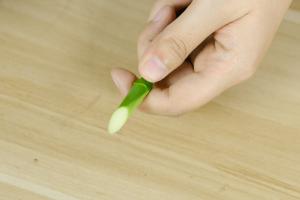 how many pine trees ...
how many pine trees ... how many pecan trees...
how many pecan trees... how many plants comp...
how many plants comp... how many plants can ...
how many plants can ...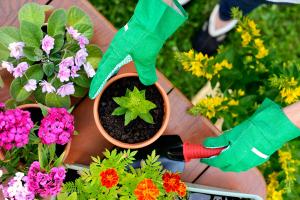 how many plants and ...
how many plants and ... how many pepper plan...
how many pepper plan...








